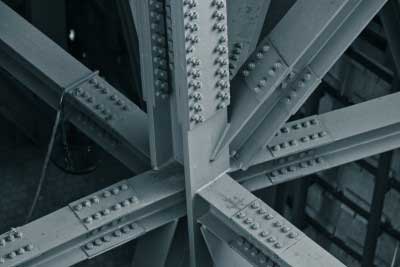
What is CE Marking?
CE Marking is the conformity marking for products sold in the European Union and has been a common requirement on things such as toys and electrical goods for many years. It consists of the CE-Logo and, if applicable, the four digit identification number of the notified body involved in the conformity assessment procedure.
What does the CE mark mean?
By affixing the CE mark a person takes on responsibility for the conformity of the product. CE marking is a visible sign that the product complies with all relevant product supply law.Its presence together with the Declaration of Conformity gives the product to which it is affixed presumption of conformity with relevant product safety Directives. CE marked products are entitled to free movement throughout the European market.
The construction industry has gone through one of the most significant changes for a decade this year, when CE Marking of construction products became mandatory in all member states throughout the European Union and the European Economic Area. It’s also preparing itself for further change.
CE Marking for fabricated structural steelwork will become mandatory on 1 July 2014. This represents a major development for engineers, contractors and steelwork specialists and demands careful attention to the new obligations imposed.
Under the Construction Products Regulation (CPR)[1], new legal obligations have been placed on manufacturers, distributors and importers of construction products used within the EU to CE Mark their products where they are covered by either a harmonised standard or European Technical Assessment.
This applies not only to the constituent products, such as steel beams, bolts etc, but also to any fabricated elements and systems made from CE Marked products. In the UK, penalties can range from warning notices to fines and in some circumstances imprisonment.
It is therefore essential that engineers, contractors and steelwork contractors take the appropriate measures to ensure that they comply with the regulations and that they only use CE marked products on their projects.
More information about CE marking in the construction industry can be found here
Note, the CE mark is not a quality mark, nor a guarantee that the product meets all of the requirements of relevant EU product safety law. Suppliers who install work equipment and users should make their own checks of any new products and look for obvious defects. Also suppliers should ensure that there are User Instructions and that these and any warning decals are in English if imported for the UK market. Where the instructions are not in English the supplier must provide a translation in to English and supply this together with the original instructions. In most cases the Declaration of Conformity must be supplied to the end customer.
This site uses Akismet to reduce spam. Learn how your comment data is processed.


 Mail:
Mail: 




Leave a Comments